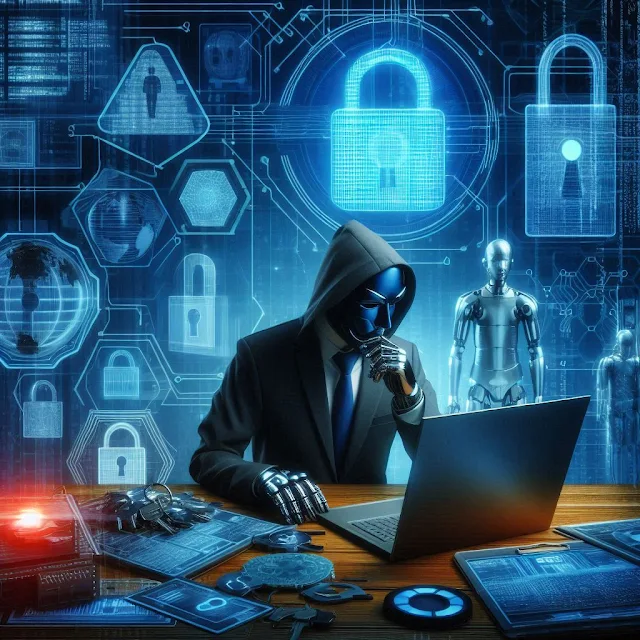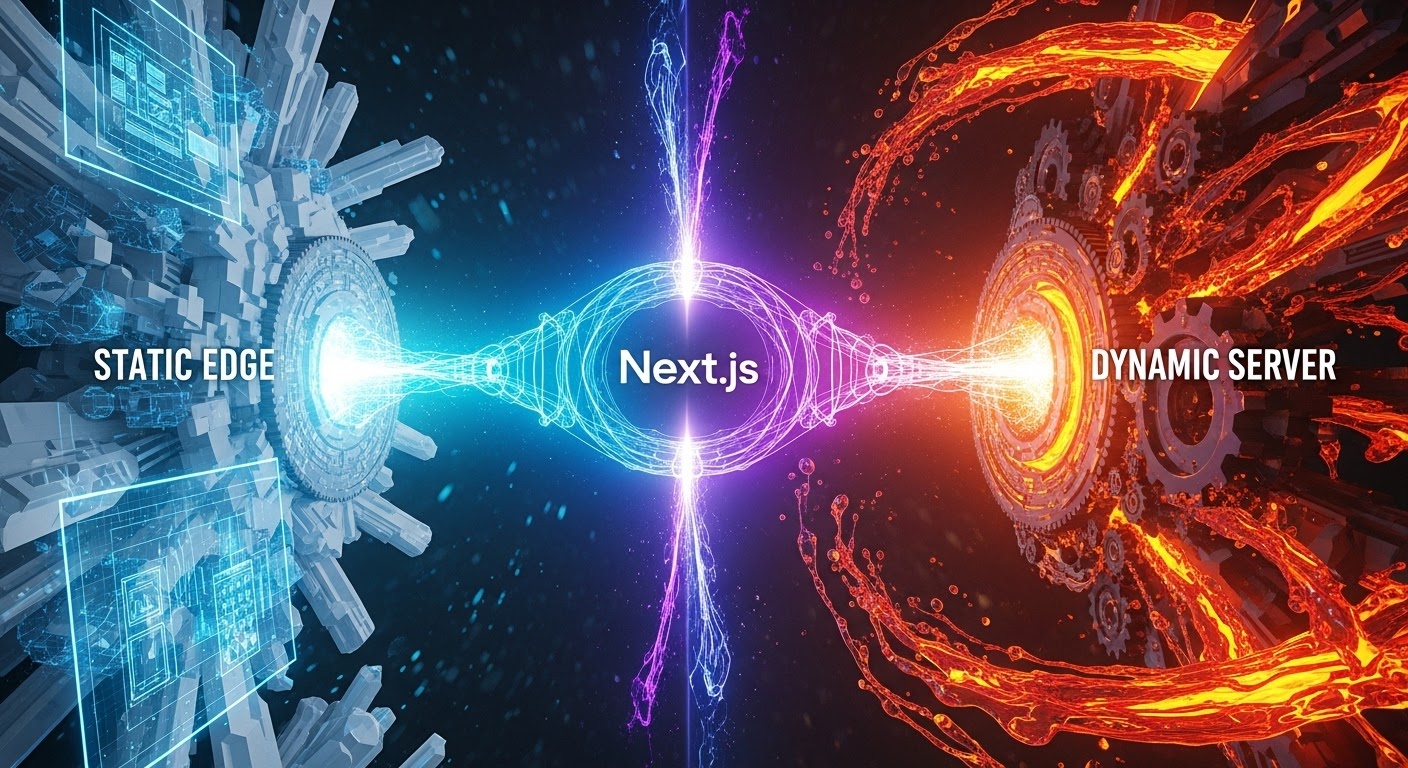Search This Blog
Welcome to Financially Free, your guide to taking control of your money. Learn to budget, pay off debt, and invest wisely. We provide practical advice and simple strategies to help you build wealth and achieve true financial independence. It's time to live life on your terms.
Axos ONE
Featured
- Get link
- X
- Other Apps
Cyber security : The systems and data to be protected
Cyber security : The systems and data to be protected
1 1- Two essential
concepts
Information systems: all IT resources to process and disseminate information
around the world digital. A computer, a phone, a connected watch, a server, the
internal network of a school such as the of a company are therefore information
systems.
The
concept of "information systems" stems from the concept of
"information systems security", which is very similar to that of
cybersecurity.
Data: all digital information created,
processed, stored, saved, but also accessible, shareable and disseminated.
2 2- What to protect
Asking the
question of the information systems and data to be protected implies
questioning their importance for a given entity or person. For example:
Personal
data of an individual
(e.g. name, surname, address, phone number, email, private conversations,
photos, bank details, etc.) the use of which for malicious purposes or simply
through negligence exposes you to many risks: misuse of data for commercial
purposes, damage to reputation, fraud or extortion, identity theft, etc.
Information
systems and data from companies, universities and communities, which are
essential to their functioning and can be sensitive. An attack on the systems and data
could be damage to their proper functioning or to the compromise of secrets. At
stake, the interruption of all or part of their activity, sometimes losses in
turnover, a damage to reputation...
The
information systems of public and/or private operators of critical
infrastructures, managing
facilities that sometimes play a vital role in the functioning of the nation,
such as in the energy, transport and telecommunications sectors.
Classified
State Information, namely
most sensitive information, including disclosure could be injurious to the national
security.
3 3- An
increasingly complex digital environment
Two trends
are now helping to make the digital space more complex to understand, manage
and protect:
-
The digital world is increasingly in the
cloud!
In the past, protecting a computer network and the
computers that exist on it were connected was primarily about securing the
front doors and of an organization's output to the Internet, including the
information system was most often installed in its premises. With the
development remote working, the increasing interconnection of companies (etc.),
Digital technology has become a huge interdependent ecosystem of actors,
services, equipment. This is particularly rendered possible through the
development of cloud computing making many services remotely accessible and
allowing Access to data located in multiple locations at the same time on the
planet.
-
The multiplication of actors involved in the
provision of digital equipment and services
(the supply chain), including many subcontractors,
suppliers or integrators, all of whom have a role to play in securing systems
and data. Ensuring that everyone assumes their share of responsibility for
securing information systems is not always easy! However, each unsecured link
in the chain makes it more vulnerable.
- Get link
- X
- Other Apps
Popular Posts
Next.js Partial Prerendering: The End of the Static vs. Dynamic Trade-off
- Get link
- X
- Other Apps
Gemini 3 is Here: The AI That Finally "Reads the Room"
- Get link
- X
- Other Apps








Comments
Post a Comment